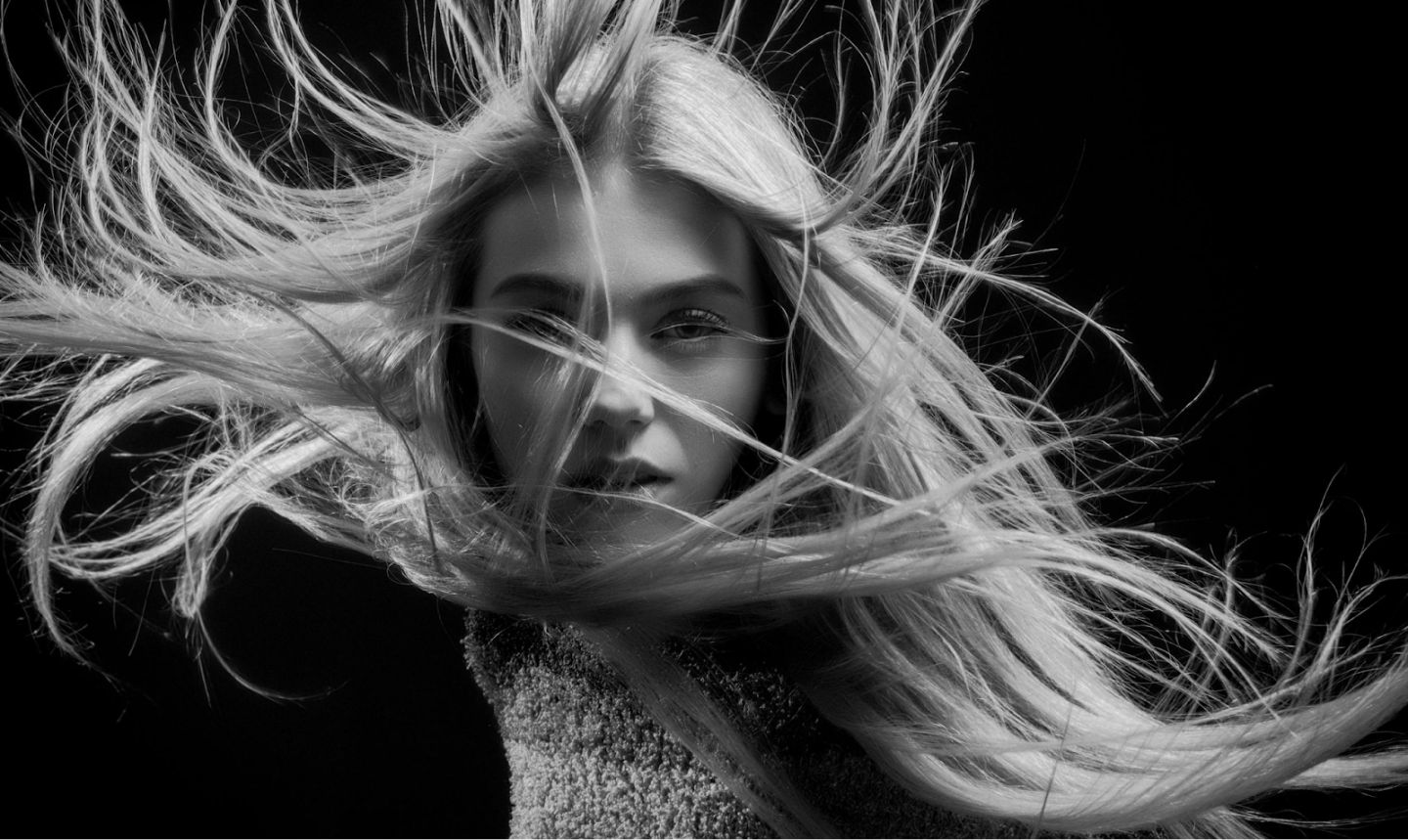
Hair style is so much more than the crown on your head. Its identity, rebellion, camouflage, ritual. It’s part of the human toolkit for communicating without saying a word. We cut it when we’re heartbroken. We dye it when we crave change. Hide behind it. Showcase it. And, whether we like it or not, it shapes how people see us, often before we’ve spoken a single sentence.
The Language of Hair
You walk into a room. People look. They register details: posture, clothing, hair. Hair style, in particular, is a shortcut our brains use to build first impressions. In milliseconds, we associate certain styles with personality traits—some of this hardwired by culture, some personal experience, some unconscious bias.
Think about it. A buzzcut might suggest discipline or rebellion, depending on the context. Long waves? Perhaps femininity, perhaps tradition. Color-treated hair can whisper creativity—or scream defiance. It’s not about vanity. It’s about messaging.
Archetypes in Hair
The “pixie” cut. The “power” bob. The “CEO” slick-back. Even styles have names that echo personas. These archetypes persist for a reason: they carry psychological weight. They’ve shown up in boardrooms, films, protests, and ceremonies. They tell stories—stories that can be rewritten with a single appointment at the salon.
Hair can act as armor or an invitation. Volume adds presence; symmetry signals control. Tight curls can radiate personality, but depending on societal norms, might also be seen as “unprofessional”—a coded word with deeper racial and gender implications. So we learn, consciously or not, to edit ourselves. Or to rebel against that editing.
The Neurobiology of Looking
Studies in neuroaesthetics show that humans are wired to respond to symmetry, contrast, and motion, which adds another layer to this theory and makes it just that more interesting. Hair, being so visibly changeable and versatile, becomes a living canvas for this.
That subtle shift in a parting? It tweaks facial proportions. A high ponytail? It can literally lift the appearance of cheekbones, tightening the visual field. Texture? It adds dynamic interest, especially in motion. Our brains reward visual novelty. That’s why people often compliment fresh haircuts without knowing why—it’s dopamine at work.
But here’s the kicker: we often style not just to be seen, but to feel differently ourselves. Psychology calls this “enclothed cognition”—the idea that what we wear (or how we wear our hair) affects our behavior. Wear a sleek updo; you might walk taller. Let your curls free, and suddenly you feel more honest, more like yourself.

Self-Styling as Self-Programming
Hair is one of the most accessible ways to alter self-perception. Think of it as a tool for personal alignment. Want to feel more assertive? Sharpen the lines in your haircut. Craving softness? Let layers fall around the jaw.
This is not just about aesthetics. It’s about agency. Styling your hair can be a micro-act of self-authorship. You’re crafting the version of yourself you want the world to meet.
It’s why post-breakup transformations are so common. The external shift helps the internal shift feel real. It signals to both self and others: the old chapter is closed.
The Cultural Mirror
But of course, this isn’t happening in a vacuum. Culture plays a huge role. One look can mean vastly different things in Tokyo, Johannesburg, or Berlin. Hair is loaded with symbolism—sometimes political, sometimes historical.
Natural hair, for instance, has been the center of legal debates, school policies, and hiring discrimination. It carries layers of history and resistance. To wear it proudly is to push back against years of coded expectations.
At the same time, straightening, dyeing, or modifying one’s hair style doesn’t mean self-rejection. It can mean experimentation, exploration, or adaptation. The important thing is understanding the why behind the what. Hair is personal, but never apolitical.
Micro-Details That Shape Macro-Perception
Ever noticed how bangs can completely change someone’s vibe? There’s psychology there too. Bangs visually shorten the face, soften expressions, and bring focus to the eyes—our most emotionally expressive feature.
Even among bang styles, there’s nuance. Blunt bangs suggest precision or boldness. Curtain bangs soften and hint at nostalgia. And curly bangs? They’re often perceived as playful, expressive, and a little unpredictable.
For those navigating textured hair, finding styling ideas for curly bangs isn’t just a cosmetic endeavor—it’s a negotiation between natural form and desired perception. The right shape can balance a face, shift focus, or emphasize personality traits you want the world to catch on first glance. These aren’t trivial decisions. They’re strategy.
Hair and the Inner Narrative
Here’s something you don’t hear enough: how you feel about your hair deeply impacts your self-concept. Not just on a good hair day—but over time. The tension between what you want your hair to say and what it’s allowed to say in your environment can create friction. Or fatigue.
People working in conservative industries often conform to expected styles, not because they prefer them, but to reduce mental noise. To blend. To stay out of HR’s imaginary crosshairs. That suppression adds up. It’s a kind of background static that slowly wears at identity.
But the opposite is true, too. Owning a bold style, despite the rules, can be liberating. Even grounding. Because it means you’ve reclaimed the narrative. You’ve said, this is who I am, without needing to explain it.
The Future Is Textured, Layered, Intentional
We’re moving toward a time where the meaning of “professional,” “feminine,” “neat,” or even “natural” is being challenged. And that’s a good thing. It opens space for authenticity. For experimentation. For identity that shifts seasonally, situationally, spiritually.
The psychology of hair isn’t about vanity. It’s about storytelling. Selfhood. Control in a world that often demands conformity.
So the next time you run your fingers through your hair, think about what it’s saying. Not just to others—but to you. If it doesn’t align with who you’re becoming, maybe it’s time for a change. Not a dramatic one. Maybe just a tilt in the part. A new texture. A little disruption to catch the light differently. You don’t need permission. Just intention.

